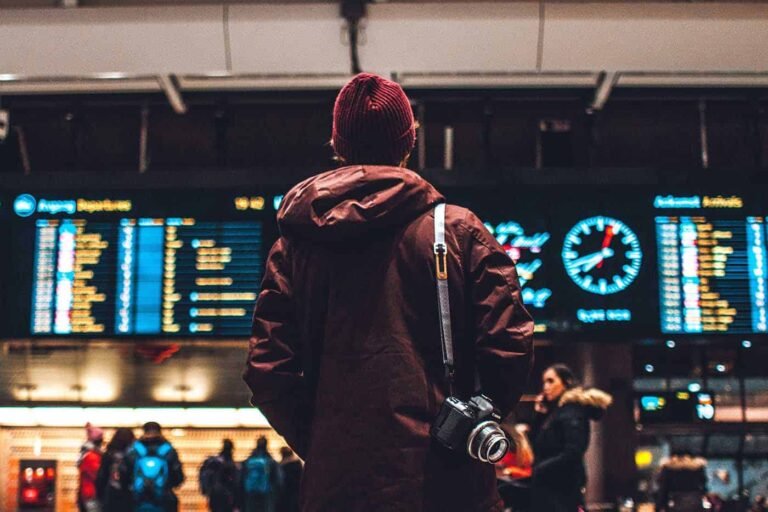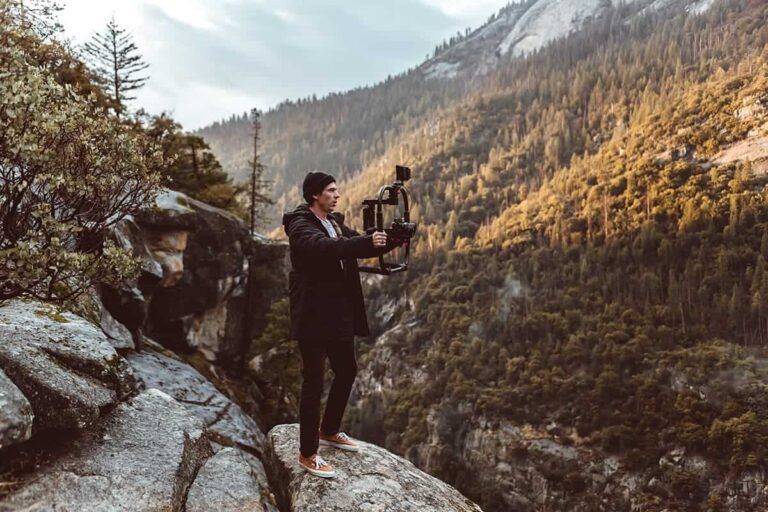The Science of Workation Productivity: How Environment Change Boosts Focus & Creativity

Have you ever noticed how a simple change of surroundings makes you think differently? Whether it’s moving from your desk to a café, taking a weekend getaway, or traveling for a week-long workation, your environment directly shapes your focus, energy, and creativity. This shift is at the heart of what experts call workation productivity—the idea that the right environment can dramatically improve the way you work.
This isn’t just a feeling—it’s science. Environmental psychology, neuroscience, and workplace studies all confirm that changing your environment can significantly enhance productivity and well-being. That’s exactly why workations work: they harness the power of place to make work more enjoyable and effective.
In this article, we’ll explore the science of productivity and environment change, uncover why novelty boosts creativity, and explain why a workation is not just a luxury—it’s a smart strategy for the future of work.
The Psychology of Place: How Environment Shapes Mindset
Environmental psychology tells us that our surroundings influence how we think, feel, and perform. Factors like natural light, greenery, air quality, and even wall colors can make or break our productivity.
For example, the Attention Restoration Theory (Kaplan & Kaplan) explains that exposure to nature restores our mental energy, reduces fatigue, and sharpens focus. That’s why working near a window with a view or stepping out into a green space makes such a difference.
A workation, by design, introduces you to environments rich with natural beauty and refreshing atmospheres—something your regular office or home office often lacks.
If you want a deeper dive into what defines this lifestyle, check out our guide on Workation – Meaning, Benefits & More.
Novelty and the Brain: Why New Environments Spark Creativity
Your brain thrives on novelty. When you’re in a new environment, your brain releases dopamine, a neurotransmitter associated with motivation and creativity.
This ties to neuroplasticity—the brain’s ability to form new connections. Experiencing new places, sounds, and cultures stimulates neural growth, helping you generate fresh ideas and solve problems more effectively.
This is where the digital nomad lifestyle overlaps with workations: both rely on novelty as fuel for creativity. But while digital nomads live on the move, a workation is short-term and structured—making it more accessible for professionals seeking balance.
📌 Explore More: Workation vs Remote Work vs Digital Nomad: What’s the Difference?
Breaking Routine: The Science of Movement and Change
Routine can be comforting—but it can also drain your energy. Working in the same spot daily puts your mind on autopilot, reducing alertness and motivation.
Research on context-dependent memory shows that we recall and perform better when our environment changes. That’s why new settings act like mental refresh buttons.
A workation provides these controlled disruptions—whether it’s a seaside café, a mountain retreat, or a co-living workspace in a new city.
Nature and Productivity: Why Scenic Workations Work Best
When it comes to environment change, nature is the ultimate productivity booster. Studies show that time in green spaces reduces cortisol (the stress hormone), restores attention, and improves mood.
That’s why workations in mountains or near beaches deliver stronger benefits. Picture this: working mornings from a cozy lodge in Uttarakhand, then exploring the Kedarnath trekking route in the evening. The combination of deep focus and restorative breaks is unmatched.
Social & Cultural Stimulation: People Power Productivity
Changing environments doesn’t just mean scenery—it also means new people and cultures. Exposure to diverse conversations stimulates cross-pollination of ideas.
That’s why co-living and co-working setups have become popular in the workation scene. They bring together like-minded travelers and professionals, encouraging collaboration, innovation, and even lifelong friendships.
This is especially valuable if you’ve been working in isolation through remote work. A workation restores that missing human connection while keeping flexibility intact.
The Balance Factor: Work + Exploration
Productivity isn’t about working longer—it’s about working smarter. Psychology research shows that micro-breaks—short walks, small rewards, or a quick sightseeing session—help recharge attention.
A workation naturally supports this cycle. You put in focused work hours, then reward yourself with exploration: a heritage walk in Udaipur, an evening boat ride in Varanasi, or watching sunrise over the Himalayas.
Case Studies & Research Evidence
Still skeptical? Let’s look at real-world research:
- Microsoft Japan’s 4-day week experiment: Productivity rose 40% when employees worked less and had more free time.
- Stanford study on remote work: Remote workers were 13% more productive due to flexibility.
- Attention restoration experiments: People exposed to natural environments performed better on concentration tests.
The evidence is clear: when you align your environment with human psychology, performance soars. Workations simply put this science into practice.
Practical Tips to Make Science Work for Your Workation
If you’re planning your next workation, here’s how to maximize the science-backed benefits:
- Choose accommodation with natural light, greenery, and quiet surroundings.
- Separate spaces for deep work (indoors) and brainstorming (cafés, terraces).
- Schedule exploration breaks—don’t just stay glued to the laptop.
- Experiment with different environments: co-working for collaboration, nature for reflection.
- Share your journey and reflections—sometimes articulating ideas boosts motivation.
Workation Destinations Backed by Science
Not all destinations are equal when it comes to productivity. Science points to environments that maximize mental performance:
- Mountains (e.g., Himachal, Swiss Alps)
- Boosts creativity through solitude + nature exposure.
- Altitude often encourages mindfulness and clarity.
- Beaches (e.g., Bali, Goa, Thailand)
- Rhythmic ocean sounds lower stress levels.
- Blue spaces (water bodies) are proven to restore calm.
- Historic Cities (e.g., Udaipur, Prague, Kyoto)
- Rich culture stimulates cognitive flexibility.
- Walking-friendly streets promote natural movement breaks.
- Countryside Retreats (e.g., Tuscany, Kerala backwaters)
- Green landscapes aid relaxation.
- Fewer distractions mean deeper focus sessions.
By choosing a destination that aligns with your work style and wellness needs, you maximize both output and enjoyment.
Practical Tips: How to Maximize Productivity During a Workation
If you’re planning your next workation, here’s how to make the most of it:
- Choose wisely: Pick accommodations with natural light, greenery, and quiet surroundings.
- Separate spaces: Use indoor areas for deep work, cafés/terraces for brainstorming.
- Plan breaks: Schedule short exploration sessions, not just endless laptop hours.
- Blend environments: Try co-working for collaboration, nature for reflection.
- Document your journey: Journaling or sharing reflections often boosts clarity and motivation.
- Tech toolkit: Use noise-canceling headphones, portable Wi-Fi, and productivity apps (Notion, Trello, Clockify) to stay on track.
Conclusion
Changing your environment isn’t about escaping work—it’s about optimizing how you work. Workations succeed because they align with how the brain functions best: novelty sparks creativity, nature restores focus, and social interactions boost innovation.
The science is simple: the right environment makes you not only more productive but also more fulfilled.
So, the next time you feel stuck in routine, remember—sometimes the smartest productivity hack is booking that workation.
FAQs About Workations and Productivity
1. Are workations suitable for everyone?
Yes, but they work best for people with flexible jobs (writers, designers, developers, marketers). Employees with heavy in-office responsibilities may find it harder.
2. How long should a workation be?
The sweet spot is 1–4 weeks—long enough to adapt but short enough to stay cost-effective and manageable.
3. Do companies support workations?
Yes. Many companies now sponsor short-term workations or team retreats as part of wellness and productivity initiatives.
4. What are the hidden challenges of workations?
Poor Wi-Fi, lack of structure, or choosing overly touristy destinations can reduce productivity. Planning is key.
5. Is a workation more productive than remote work?
Yes, for most people. Remote work gives stability, but workations provide novelty + restoration, which fuels creativity and prevents burnout.
6. How do I manage time zones during a workation?
Use time zone converters, plan overlap hours with your team, and set clear boundaries for availability.




